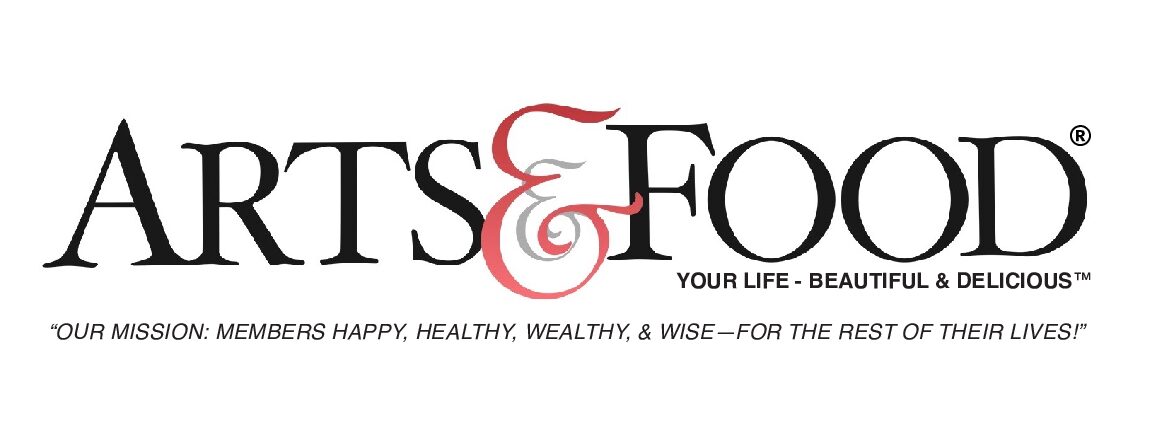A FRENCH KITCHEN IN PROVENCE (EARLY NINETEENTH-CENTURY ETCHING)
In France, cooking at the beginning of the nineteenth century, even in the best-equipped kitchens, had very mediocre cooking equipment and the stoves were a rudimentary combination of wood or coal fires, ceramic tiles, and metal.
Carême’s visualization has left us with a forceful picture of these kitchens during high-energy working hours, thé coup de feu (shot of tea), as the French say.
Imagine yourself in a large kitchen such as that of the Foreign Ministry at the moment of a great dinner. There one sees twenty chefs at their urgent occupations, coming, going, moving with speed in this cauldron of heat. Look at the great mass of live charcoal, a cubic meter, for the cooking of the entrees, and another mass on the ovens for the cooking of the soups, the sauces, the ragoûts, the frying, and the bains-Marie.
Add to that a heap of burning wood in front of which four spits are turning, one of which bears a sirloin weighing from 45 to 60 lb, another a piece of veal weighing 35 to 45 lb., the other two for fowl and game.
In this furnace everyone moves with tremendous speed; not a sound is heard; only the chef has the right to make himself heard, and at the sound of his voice, everyone obeys. Finally, to put the lid on our sufferings, for about half an hour the doors and windows are closed so that the air does not cool the dishes as they are being dished up. And in this way we pass the best days of our lives.
“But,’ adds Carême, ‘honour commands. We must Obey even though physical strength fails. But it is the burning charcoal which kills us!’”
Victor Hugo gives another description of a kitchen, which dates from about the middle of the same century.
“At Sainte-Menchould I have seen a fine sight, the kitchen of the Hôtel de Metz.
This is a real kitchen. An immense room. One wall occupied by copper pans, the other by faience; in the middle facing the windows, the chimney, an enormous cavern filled with a splendid fire. On the ceiling, a black network of smoke-encrusted beams from which hang all kinds of delectable things, baskets, lamps, a meat safe, and in the centre a large openwork net in which vast pieces of bacon are suspended. Inside the chimney, beside the turnspit, the chimney hook and the cauldron, glitter a dazzling array of a dozen scoops and tongs of all shapes and sizes. The glowing hearth shoots beams of light into all the corners, cuts out great shadows on the ceiling, casts a fresh rose tint on the blue faience, and makes the fantastic edifice of pans glow like a wall of fire.
If I were Homer or Rabelais I would say, ‘This kitchen is a world, and this chimney is the sun.’
It is a world indeed in which a whole republic of men, women, and animals move, of boys, servants, scullions, carters seated at the table, of pans and braziers, of simmering pots, sizzling frying pans, of cards, pipes, children at play and cats and dogs and the master who keeps an eye on it all.
“Mens agitat molem.” (Latin: The Mass Mind.)
In one corner, a huge clock with weights and chains soberly tells the time to all these busy people. Among the innumerable things which hang from the ceiling, I particularly admired one on the evening I arrived; it was a little cage in which a little bird was sleeping. This bird seemed to me to be the most admirable emblem of confidence. This cavern, this forge of indigestion, this terrifying kitchen is day and night full of noise, but the bird sleeps. The men swear, the women quarrel, the children cry, the dogs bark, the cats miaow, the clock chimes, the chopper falls, the dripping pan squeaks, the turnspit creaks, the fountain drips, the bottles weep, the windowpanes shiver, the diligences pass under the arch like thunder, but the little ball of feathers does not move.”
——
(Editor’s Note:)
This romantic kitchen may have been a fine thing in the poet’s eyes, but to those working in it was hot as hell, yet as sweet as heaven—all elements of creating great food!
(Source: The book—”Laroisse Gastronomique”–An encyclopedia of food, wine, and cookery compiled in France by Prosper Montagne.)

